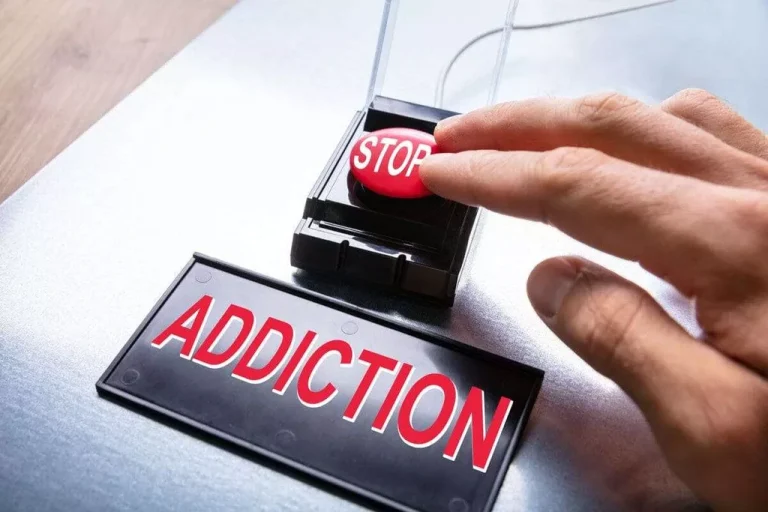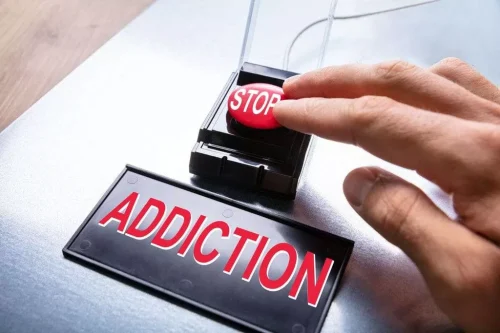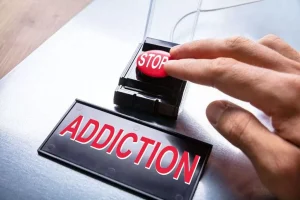Addiction Stages: Understanding the 7 Step Process
Custom Chat Commands for Your Twitch Chat Bot
March 19, 2025A evolução dos programas de fidelidade do cassino
March 19, 2025
Some treatment centers incorporate holistic approaches such as yoga, meditation, art therapy, and acupuncture to address the physical, emotional, and spiritual aspects of addiction recovery. Encouraging discussions about personal experiences and feelings can be beneficial. It allows individuals to visualize a life without addiction and consider the steps necessary for change. During the contemplation stage, individuals start recognizing the negative effects of their addiction. You may want to quit or cut back but struggle to do so, often making unsuccessful attempts. As your addiction develops, your cravings become more difficult to ignore.

Stage 6: Addiction

In reality, addiction is a chronic relapsing disorder, one that 21 million Americans live with, according to the Association of American Medical Colleges (AAMC). Abusing drugs or alcohol impacts the brain, causing progressive changes in the structure and function of the brain. During your stay here at PAX Memphis Recovery Center we will also provide you the opportunity to express your feelings in both group therapy and individual therapy. Our certified addiction specialists will also discuss how to help you avoid triggers that cause drug cravings as well as helping you learn how to find support groups when you leave our facility. Research suggests that ibogaine may alter addiction-related pathways in the brain and help curb withdrawal symptoms. If you or a loved one feel you can identify with the cycle of addiction it is probably time you start looking for a successful addiction treatment program.
- It must be noted that substances tend to re-wire critical behavioral and thinking patterns, which is why therapy is often long, arduous, and not always 100% effective.
- Physical exercise, nutrition, and a healthy sleep cycle all play an essential role in long-term addiction recovery.
- You may want to quit or cut back but struggle to do so, often making unsuccessful attempts.
- Conditions such as anxiety, depression, bipolar disorder, and post-traumatic stress disorder (PTSD) frequently coexist with substance misuse, creating a complex interplay that can challenge recovery efforts.
- For many people, they can enjoy their substance during their free time and still be able to go about their daily lives normally.
What Are the Factors That Influence Addiction?

It often happens during adolescence or early adulthood, but it can occur at any age. Curiosity, peer pressure, social settings, stress, or the desire to escape emotional pain are common motivators. Some drugs, like heroin or methamphetamines, may cause addiction after only one use.
- The ANA focuses on subdomains of executive function that are particularly relevant to addiction.
- The good news is that it is possible to break the cycle of addiction, no matter how daunting it may seem.
- This can happen at any stage after the initial experimentation phase, once the body has adjusted to regular exposure to the substance.
- Additionally, many individuals struggling with addiction find themselves on the wrong side of the law, facing charges related to possession, intoxication, or crimes committed to obtain drugs.
- A dopamine hit brings about pleasure, and then is quickly followed by pain, or a come-down, in order to keep us motivated.
What Are the Long-Term Effects of the Cycle of Addiction?
- If you or a loved one feel you can identify with the cycle of addiction it is probably time you start looking for a successful addiction treatment program.
- The brain mediates our motivation to repeat behaviors that lead to pleasurable, rewarding states or reduce uncomfortable, distressing physical or emotional states.
- Developing healthy coping mechanisms, such as engaging in physical activity, practicing mindfulness, or seeking professional help, can be instrumental in breaking the cycle.
- When taken as a whole, the following symptoms are strong indicators of addiction.
Recognizing the factors that contribute to addiction can help individuals, families, and healthcare providers create more effective, personalized strategies for combating substance abuse. The cycle of addiction is the process by which the addiction continually manifests in someone who is actively abusing alcohol, illicit drugs, or prescription medications. When that cycle is broken, and cycle of addiction the person lives a healthier lifestyle, they are in recovery. Understanding how the cycle of addiction perpetuates is crucial in figuring out how to disrupt the process so that healing can begin.

From Theory to Practice: Applying the Addiction Wheel in Treatment

However, after using, guilt or negative consequences follow, which don’t immediately stop the cycle. Instead, they often lead the person to return to the substance use to escape those uncomfortable feelings. The more the substance is used, the more deeply the cycle becomes embedded, trapping the person in a loop that is difficult to escape, despite the ongoing negative outcomes. Recognizing negative thoughts and learning to change them is part of what makes cognitive behavioral therapy effective. During this drug addiction treatment process, the body rids itself of all the harmful substances and chemicals that it grew dependent on.
